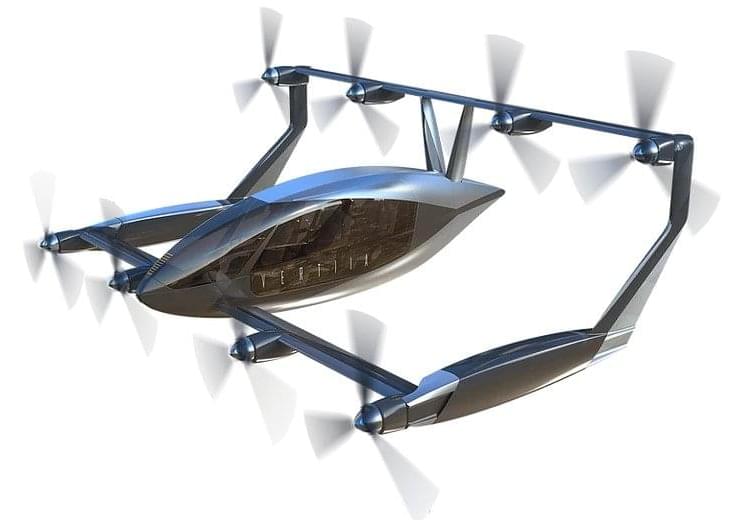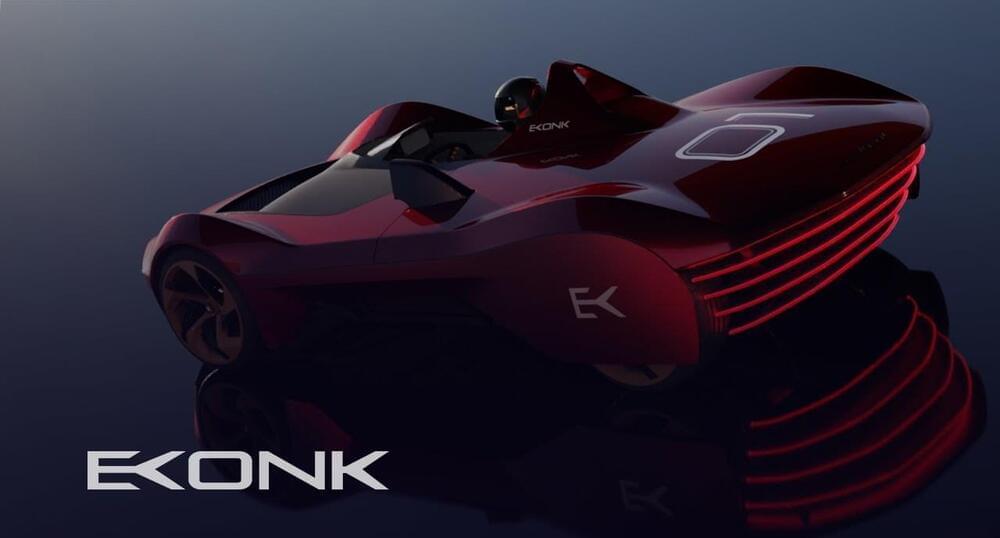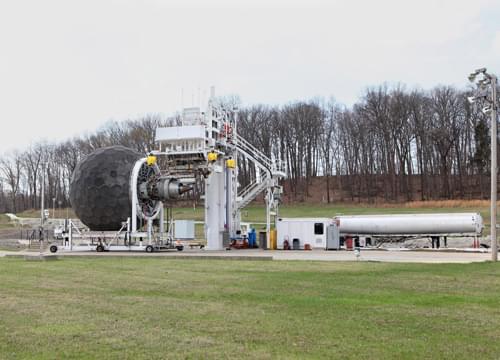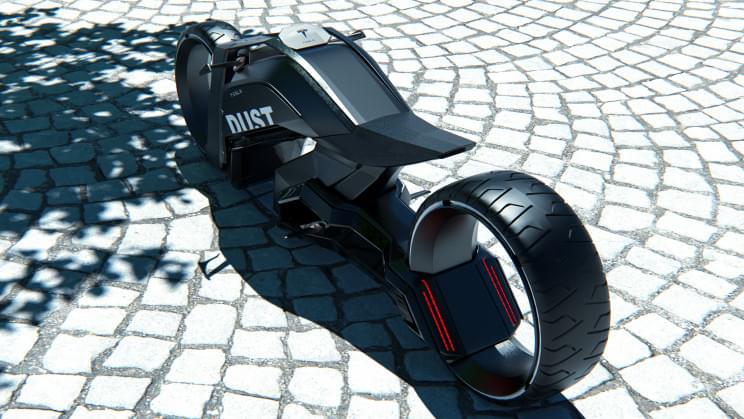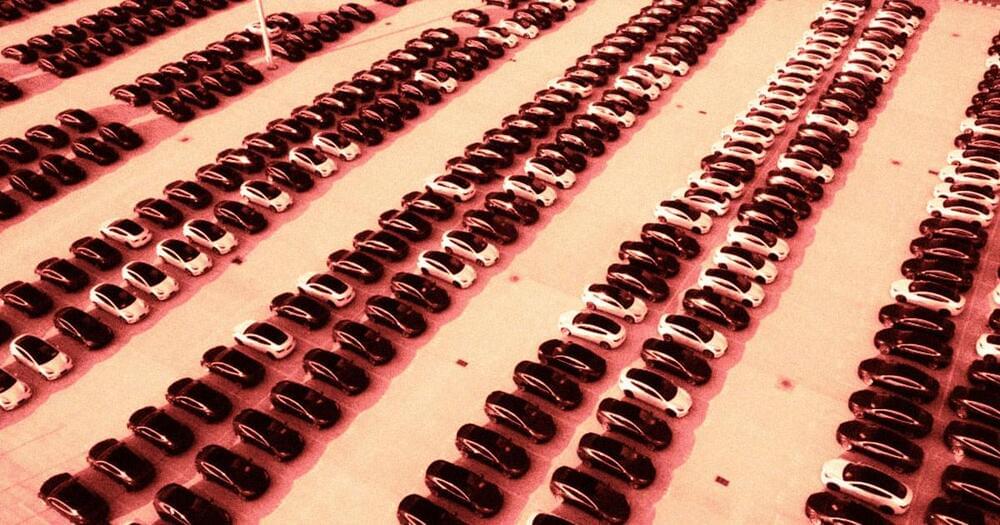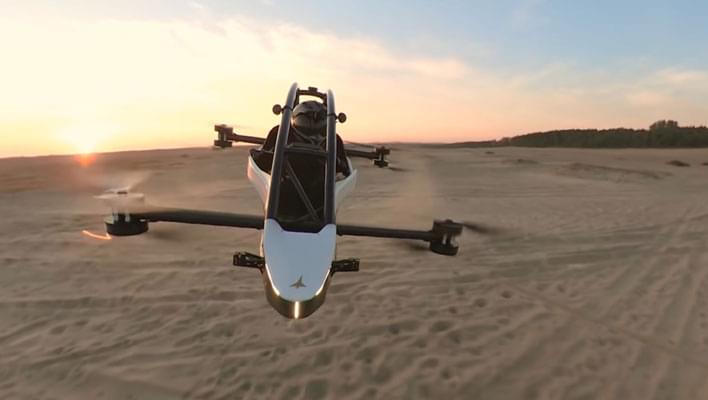Oct 27, 2021
Unique Aussie box-wing eVTOL promises radical efficiency and huge range
Posted by Genevieve Klien in categories: finance, transportation
Australian company AMSL Aero is preparing to start flight tests on what it claims will be the world’s most efficient eVTOL design, and one of the most affordable. This box-wing beauty, the Vertiia, will travel up to 1,000 km (620 miles) on a tank of hydrogen, carrying five people or 500 kg (1,100 lb) of cargo at a quick cruise speed of 300 km/h (186 mph).
First emerging from stealth mode late last year, AMSL has a unique design, a prototype nearly ready to fly, and a target date of 2024 to get its aircraft certified and into production. Its small team has achieved an impressive amount on a shoestring budget, and it’s now raising another round of funding to finance flight testing and pre-production as it moves toward the certification process.
We spoke to co-founder Andrew Moore to learn more about this fascinating aircraft, and how Vertiia plans to stand out in a global emerging eVTOL air taxi market that’s starting to look comically crowded. What follows is an edited transcript.
